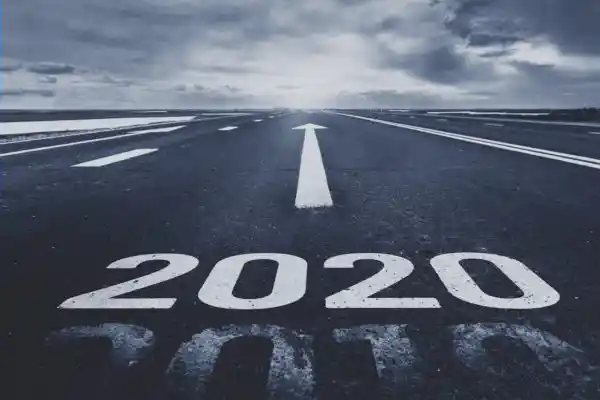
Insights
The Future of Robotic Automation in the 2020s
The new decade is now upon us and media, academics, and analysts are buzzing with predictions for what we can expect from automation in the coming years. At Realtime, we believe that robotic automation will move from vision to reality. In the 2020s and beyond, I think we’ll see robots become part of our lives in ways we couldn’t have imagined. Here are four predictions that we can expect to see come to fruition throughout this decade.
Robots as we know them have peaked
Demand for power and forced limited robots (cobots) has peaked due to reduced functionality and capabilities. By 2025 manufacturers will no longer be investing in these systems, and traditional cobots will be replaced by better technology for the human-robot workcell.
Slashing the programming burden will drive the adoption of industrial robots
Industrial robots will become more pervasive as they will become significantly easier to program. As robotic automation expands into new industrial areas like logistics and electronic assembly, this will be essential to facilitate widespread adoption. The shift in programming from script-based to graphical-based will be the catalyst behind this.
The regulatory environment will slow down the pace of progress
In the 2020s, the AI and ML technology landscape will move from the ‘Wild West’ where almost anything goes to a more controlled regulatory environment. The introduction of mandatory legislation will inevitably slow down the pace of progress, and this will impact robotic automation. For example, AI and ML algorithms will face safety regulations, and this will hamper the speed of development of vision systems that are the key to autonomous vehicles along with industrial robots taking on more complex tasks such as kitting or parcel sorting.
Robots will look very different, but functionality will remain limited
Human service robots will become much more prevalent; however, they will look completely different. Robots will transform to resemble small, cute pets so that they are less threatening to people. However, despite looking very different, they will still be relatively limited in terms of functionality. Despite the array of personal robots unveiled at CES, the days of robots being the answer to the grind of household chores is a long way in the future, so for now, people will still have to fold their laundry!
Robotic automation will be a crucial driver behind Industry 4.0 in the coming years, with robots ultimately becoming commonplace in both the workplace and homes. There will be some hurdles to overcome but it’s clear that the reliance on robotic automation will continue to grow as the decade progresses.